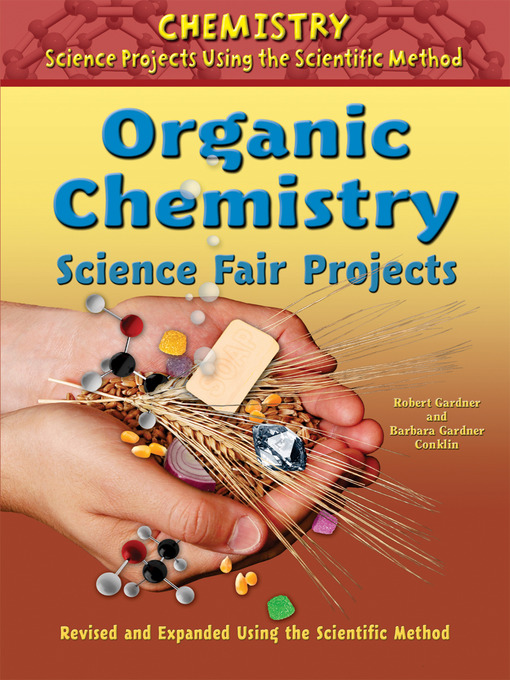Do all onions cause your eyes to tear when you cut them? What happens if you heat a carbohydrate? How is an electric cell made? Using easy-to-find materials and the scientific method, student scientists can learn the answers to these questions and more. For students interested in competing in science fairs, the book contains lots of great suggestions and ideas for further experiments.
- Available now
- New eBook additions
- New kids additions
- New teen additions
- Most popular
- Try something different
- Meow-der: Cat Cozy Mysteries
- See all ebooks collections
- Available now
- New audiobook additions
- New kids additions
- New teen additions
- Most popular
- Try something different
- Meow-der: Cat Cozy Mysteries
- See all audiobooks collections
- Cooking & Food
- Home & Garden
- Health & Fitness
- Fashion
- News & Politics
- Hobbies & Crafts
- Celebrity
- Tech & Gaming
- Cars & Motorcycles
- Family & Parenting
- Sports
- Travel & Outdoor
- Photography
- See all magazines collections

